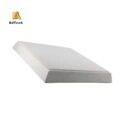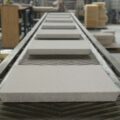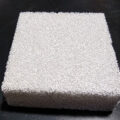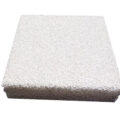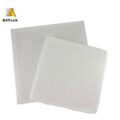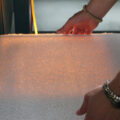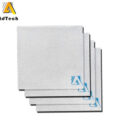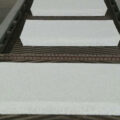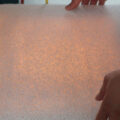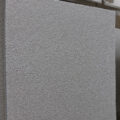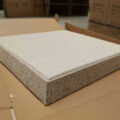The three-dimensional structure of the foundry ceramic foam filter can improve the casting quality on a large scale by changing the molten metal from turbulence flow to lamellar flow, removing the gas, and smoothing the casting. Ceramic foam filter is not only applied for molten metal filtering in high temperature, but gas treatment in high temperature, carrier of catalyzer, solid heat exchange, and advanced filter.
Foundry Ceramic Foam Filter Advantages
- A complete turnkey filter box system
- Supplied to the exact requirements of the customer
- Available with or without a heating system
- Variable operating height for ease of use and connection to existing launder system
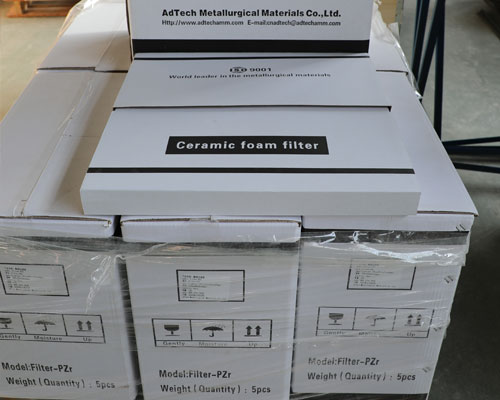
Adtech alumina ceramic foam filters provide a cost-effective and proven method to remove inclusions from aluminum melts. The exact removal efficiencies can vary greatly depending on application conditions. Typically, efficiency increases as filter cell size and the velocity of the metal in the filter decrease.
Ceramic foam filters can be made by specific procedures and have peculiar bone-frame holes just like the shape of the three-dimensional connected channels, and myriad eyelets which only been found in the big-time microscope.
Ceramic Foam Filter for aluminum foundry has the advantages of high porosity, low loss of thermal shock, high mechanical strength at normal and high temperature, large specific surface, good chemical stability and excellent filtering functions of screen, filtering residuum collection and adsorption especially for tiny impurity of 1~10μm.
Alumina Ceramic Foam Filters are mainly applied for filtration of aluminum and aluminum alloys in foundries and cast houses. With their excellent resistance to attack and corrosion from molten aluminum, they can effectively remove inclusions, reduce trapped gas and provide laminar flow, and then the filtered metal is significantly cleaner. Cleaner metal results in higher-quality castings, less scrap, and fewer inclusion defects, all of which contribute to bottom-line profit.



